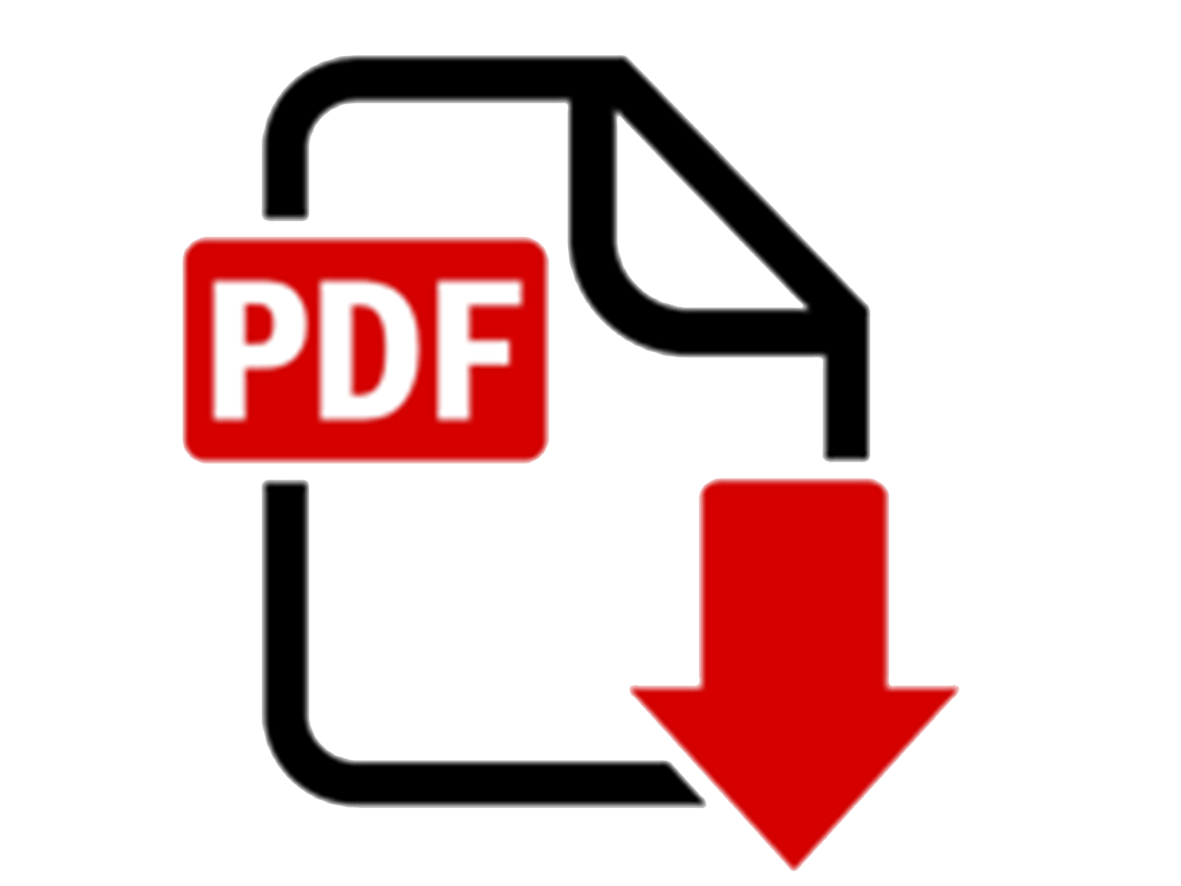IADR Abstract Archives
Effect of Coca-Cola on Microhardness of Glass-Hybrid and Glassionomer Materials
Objectives: The objective of this study was to test microhardness of higly viscous glassionomer cement and glass-hybrid system with or without coat after various regimes of exposure to Coca-Cola during the period of seven days.
Methods: For the experiment, capsulated materials were used, for three experimental groups (n=120): glass-hybrid material (Equia Forte HT Fil), with (n=40) and without the coat (EQUIA Forte Coat), (n=40), and highly viscous glassionomer, Fuji IX (n=40). All materials were mixed according to the instructions of the manufacturer and placed in custom made teflon molds, 6 mm in diameter and 2 mm in height. After seven days, samples from every of the three experimental groups were subdivided into four subgroups: 1. subgroup- control, samples in saline; 2. subgroup- samples held in Coca-Cola once a day, 5 min, 7 days; 3. subgroup- samples held in Coca-Cola three times a day, 5 min, 7 days; 4. subgroup- samples held in Coca-Cola five times a day, 5 min, 7 days. After seven days (baseline) and after 3 months, Vickers microhardness test was performed. For statistical analysis, a mixed factorial ANOVA, post-hoc Tukey's and multiple paired t-tests were used. Level of significance was set at 5%.
Results: Regarding control groups, the highest microhardness value at baseline was found for Equia Forte HT Fil without the coat (59.86±11.44), (p<0.05). In groups exposed to Coca-Cola, a significant difference was found at baseline for EQUIA Forte HT between exposing the material once per day (63.11±16.60) and three times per day (47.15±16.11) to Coca-Cola (p<0.05). After 3 months, there was no statistically significant difference in microhardness of any of the tested materials (p>0.05).
Conclusions: After 3 months, Coca-Cola had no negative influence on microhardness of highly viscous or glass-hybrid glassionomer with or without the coat .
Methods: For the experiment, capsulated materials were used, for three experimental groups (n=120): glass-hybrid material (Equia Forte HT Fil), with (n=40) and without the coat (EQUIA Forte Coat), (n=40), and highly viscous glassionomer, Fuji IX (n=40). All materials were mixed according to the instructions of the manufacturer and placed in custom made teflon molds, 6 mm in diameter and 2 mm in height. After seven days, samples from every of the three experimental groups were subdivided into four subgroups: 1. subgroup- control, samples in saline; 2. subgroup- samples held in Coca-Cola once a day, 5 min, 7 days; 3. subgroup- samples held in Coca-Cola three times a day, 5 min, 7 days; 4. subgroup- samples held in Coca-Cola five times a day, 5 min, 7 days. After seven days (baseline) and after 3 months, Vickers microhardness test was performed. For statistical analysis, a mixed factorial ANOVA, post-hoc Tukey's and multiple paired t-tests were used. Level of significance was set at 5%.
Results: Regarding control groups, the highest microhardness value at baseline was found for Equia Forte HT Fil without the coat (59.86±11.44), (p<0.05). In groups exposed to Coca-Cola, a significant difference was found at baseline for EQUIA Forte HT between exposing the material once per day (63.11±16.60) and three times per day (47.15±16.11) to Coca-Cola (p<0.05). After 3 months, there was no statistically significant difference in microhardness of any of the tested materials (p>0.05).
Conclusions: After 3 months, Coca-Cola had no negative influence on microhardness of highly viscous or glass-hybrid glassionomer with or without the coat .

